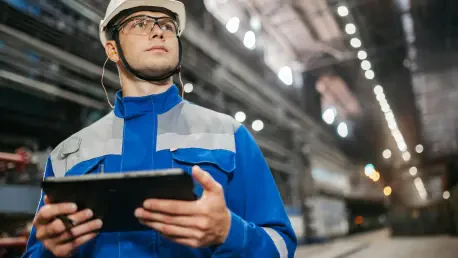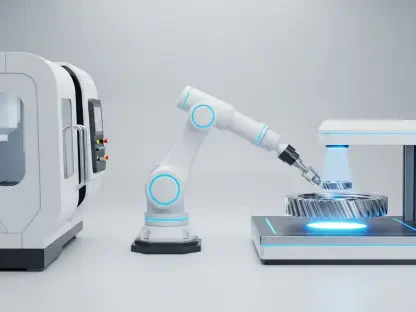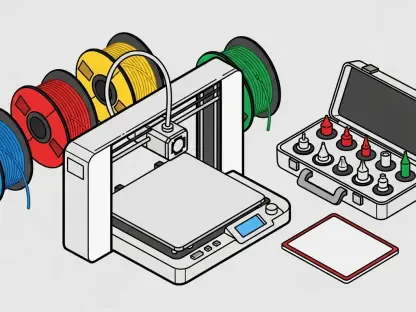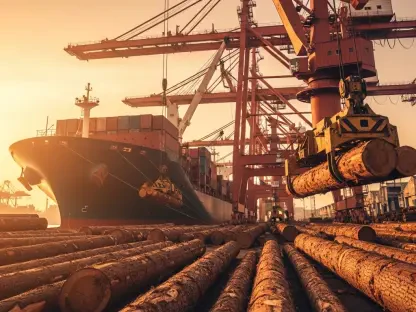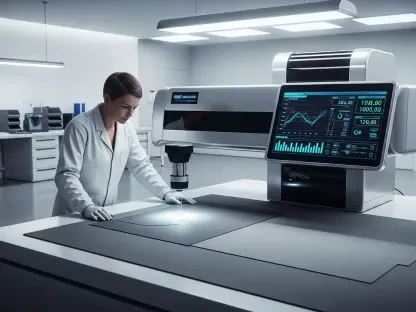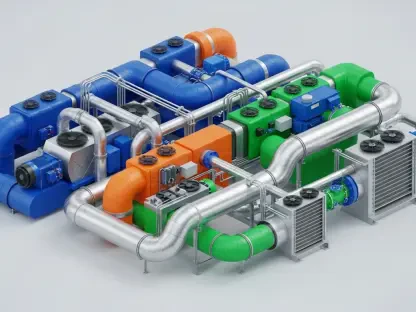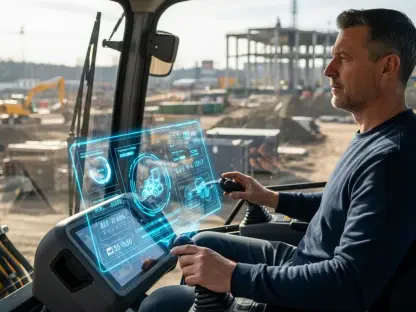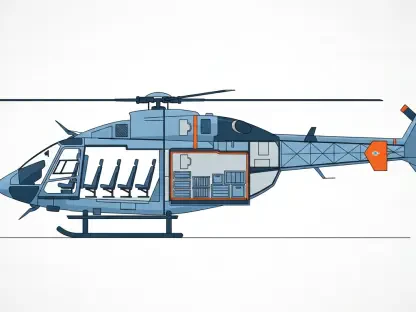I’m thrilled to sit down with Kwame Zaire, a renowned expert in manufacturing with a deep focus on electronics, equipment, and production management. Kwame is widely recognized as a thought leader in predictive maintenance, quality, and safety, and today we’re diving into the exciting world of digital twins in manufacturing. With his extensive background, Kwame offers unique insights into how this cutting-edge technology is transforming industrial processes. Our conversation explores the fundamentals of digital twins, the challenges in their implementation, and the innovative efforts to make them more connected and impactful across factory systems.
How would you explain the concept of a digital twin to someone who’s completely new to the idea?
A digital twin is essentially a virtual replica of a physical object or system, like a machine in a factory. Think of it as a computer model that mirrors the real thing in real time. It’s constantly updated with data from the actual machine, so it reflects its current state—whether it’s working smoothly or showing signs of wear. This connection allows us to monitor performance, predict issues before they happen, and even test changes without touching the real equipment. It’s like having a crystal ball for your factory gear, helping you make smarter decisions.
What are some of the key challenges in getting digital twins to work effectively in manufacturing settings?
One of the biggest hurdles is the lack of standardization. Right now, many digital twins are built for specific devices or by different companies, and they don’t always play well together. Imagine trying to assemble a puzzle where every piece is from a different set—it’s frustrating and inefficient. This makes it tough to integrate twins across an entire production line. Plus, creating or updating these models can be time-consuming and costly, especially if a machine gets upgraded or replaced. There’s also the issue of uncertainty in predictions; if the data feeding the twin isn’t accurate, the insights you get might lead you astray.
Can you walk us through why connectivity between digital twins is so important for modern factories?
Connectivity is the glue that turns individual digital twins into a powerful network. Most twins today focus on single machines, but a factory isn’t just one machine—it’s a whole system working together. When you link twins across a production line, you get a bigger picture of how everything interacts. For example, if a milling machine slows down, a connected twin could alert the next machine in line to adjust its pace, preventing bottlenecks. This kind of coordination can boost efficiency, reduce downtime, and improve overall product quality by catching issues early across the entire process.
How does the lack of standardization in digital twins create real-world problems for manufacturers?
Without standardization, manufacturers often end up with a patchwork of digital twins that don’t communicate effectively. Let’s say you’ve got a factory with machines from different vendors, each with its own twin software. If those twins can’t share data, you might miss critical insights—like a problem in one machine affecting another down the line. I’ve seen cases where companies had to hire specialized teams just to manually bridge these gaps, which drives up costs and slows down operations. It’s like trying to use multiple phone chargers that don’t fit—standardization would make everything plug-and-play.
What’s the benefit of moving beyond single-device digital twins to models that cover entire systems or factory lines?
When you scale up to system-wide digital twins, you’re not just looking at isolated pieces anymore—you’re seeing the whole orchestra. This allows for better coordination and optimization. For instance, if a digital twin of an entire assembly line predicts a maintenance need in one section, it can suggest adjustments to other parts to keep production running smoothly. It’s about preempting disruptions and maximizing uptime. Plus, factory managers can run simulations to test layout changes or upgrades without risking real-world mistakes, saving time and money.
Can you explain the idea of generalized digital twins for specific machine types and why they’re a game-changer?
Generalized digital twins are like templates for certain kinds of equipment—say, a 3D printer. Instead of building a custom twin from scratch for every single printer in every factory, you start with a baseline model that captures the core behaviors and characteristics of that machine type. Then, you tweak it to match the specifics of an individual unit. This approach saves a ton of development time and makes the twins reusable and adaptable. It’s a game-changer because it lowers the barrier for smaller manufacturers to adopt this tech and allows for quicker updates when machines change or degrade over time.
What are some of the uncertainties in digital twins that manufacturers often wrestle with, and how can they be addressed?
Uncertainties in digital twins often come from incomplete or noisy data. If sensors on a machine aren’t capturing everything accurately, or if there’s a lag in updates, the twin’s predictions about maintenance or quality can be off. I’ve seen instances where a twin flagged a non-issue because of a faulty sensor, wasting time on unnecessary checks. Addressing this means improving sensor tech and data integration, as well as building smarter algorithms that can filter out bad data and quantify how confident the predictions are. It’s about giving factory managers a clear sense of trust in what the twin is telling them.
What’s your forecast for the future of digital twins in manufacturing over the next decade?
I’m incredibly optimistic about where digital twins are headed. Over the next ten years, I expect we’ll see much tighter integration across entire factory ecosystems, not just individual lines. With advances in connectivity and standardization, digital twins will become more like a central nervous system for manufacturing, orchestrating everything from production to logistics. I also think we’ll see them play a bigger role in sustainability—optimizing energy use and reducing waste through precise simulations. The key will be making this tech accessible to smaller players, not just big corporations, so the whole industry can level up together.
